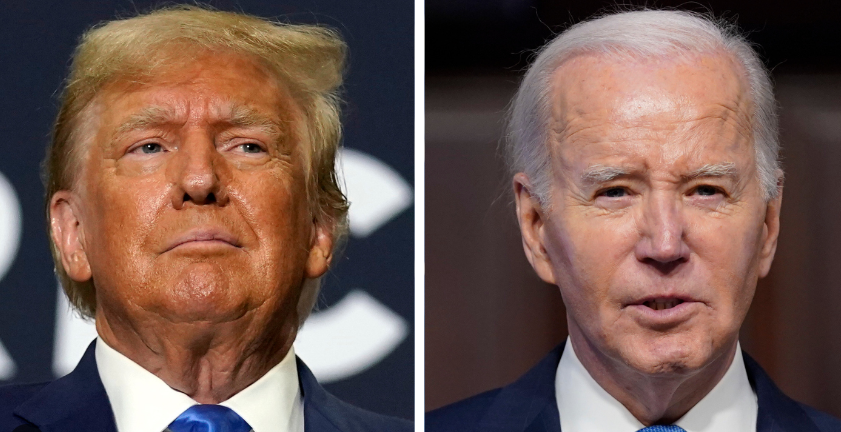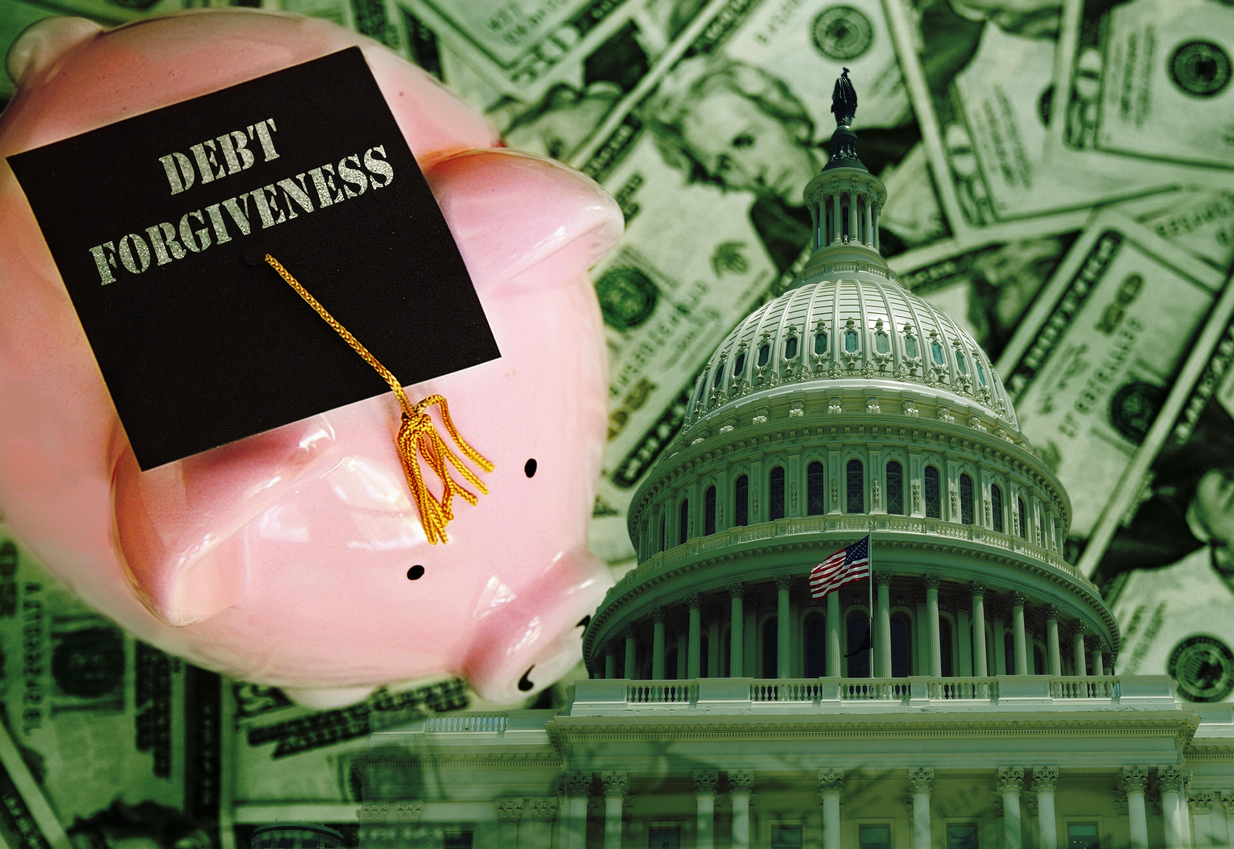
In a significant move poised to redefine demographic data collection, the federal government has unveiled plans to overhaul how it gathers information on race and ethnicity, a development that promises to usher in a more accurate portrayal of America’s diverse population in time for the 2030 census. This groundbreaking initiative, spearheaded by the Office of Management and Budget (OMB), seeks to merge race and ethnicity into a single query, a departure from the traditional two-step approach that often led to ambiguous categorizations, particularly among Hispanic and Latino respondents.
Embracing a Broader Spectrum of Identities
One of the most notable aspects of this revision is the introduction of a category for individuals to identify as Middle Eastern or North African (MENA), a recognition long overdue. This change is not merely cosmetic; it represents a fundamental shift towards inclusivity and accuracy, acknowledging the unique identity of the MENA community that has historically been grouped under the broad and imprecise label of “white.” This update is a testament to the government’s commitment to capturing the rich tapestry of American society in its demographic surveys.
The Catalyst for Change
The modifications stem from an extensive review process by the OMB, reflecting a yearslong dialogue on how to best represent the nation’s evolving demographic landscape. By consolidating race and ethnicity into one comprehensive question, the initiative aims to simplify the data collection process while ensuring that every American sees themselves accurately reflected in governmental records. Karin Orvis, the chief statistician of the United States, highlighted the revisions’ significance, noting their potential to harmonize data across federal agencies and gauge the effectiveness of programs in serving a diverse populace.
More Than Numbers: The Impact on Policy and Representation
The implications of this change extend far beyond the realm of statistical accuracy. The demographic data collected by the federal government underpins a wide array of policies, from civil rights enforcement to employment equality. The decennial census, a cornerstone of American democracy, relies on this data to allocate House seats and distribute federal funds equitably. By adopting a more nuanced approach to racial and ethnic identification, the government can ensure fair representation and resource allocation, directly affecting the lives of millions.
A Step Towards Visibility and Equity
The move to include a MENA category addresses a longstanding oversight in how demographic data captures the diversity of the American population. For years, individuals of Middle Eastern or North African descent have found themselves inaccurately represented in census data, an erasure that has tangible consequences for community recognition, political power, and access to government resources. Thomas Wolf of the Brennan Center for Justice lauds this initiative as a pivotal step towards a more “accurate, equitable, and legitimate count,” emphasizing the importance of visibility in achieving justice and equality.
Reflecting on the Road Not Taken
It’s worth noting that similar proposals were on the table before the 2020 census but were shelved during the previous administration. The revival and implementation of these changes signal a renewed commitment to inclusivity and accuracy, marking a departure from past practices that failed to fully acknowledge America’s complex demographic fabric.
Looking to the Future
As the federal government gears up for the implementation of these revised standards, the horizon looks promising for a more inclusive and accurate reflection of America’s demographic reality. This initiative represents a significant leap forward in the pursuit of a census that truly captures the diversity of the American people, ensuring that every community receives the representation and resources it rightfully deserves. The 2030 census beckons as a landmark opportunity to celebrate and document the multifaceted identity of the United States, setting a new standard for how we understand and appreciate the rich diversity that defines our nation.











